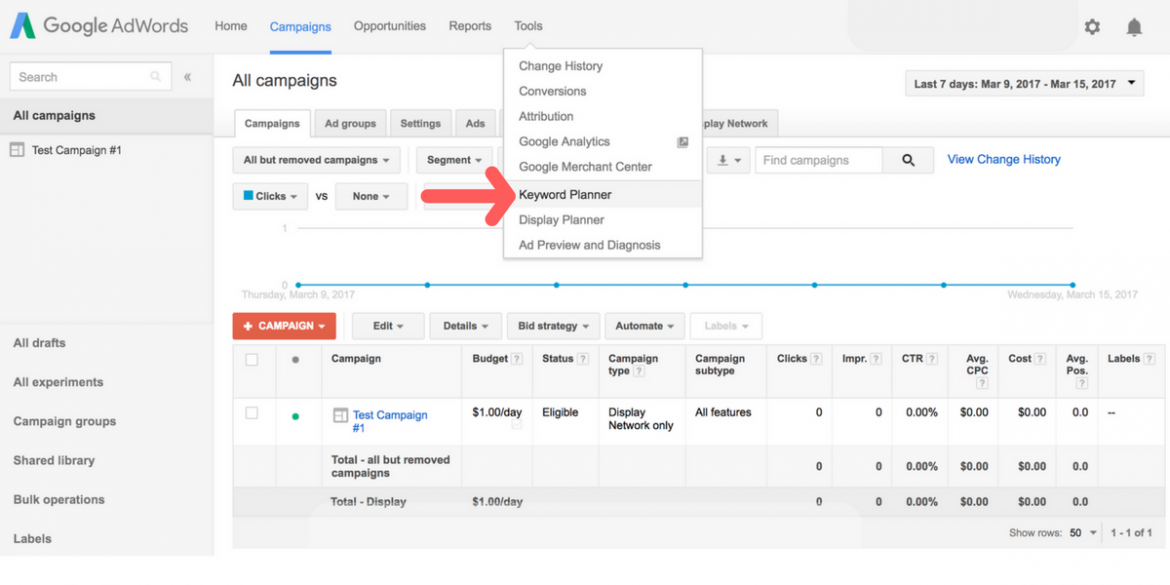“All men can see these tactics whereby I conquer, but what none can see is the strategy out of which victory is evolved.”
–Sun Tzu
Strategy is one of the most overused and yet least understood words in business. Add the word “digital” in front of it and the false beliefs and fairy tales multiply exponentially.
One of the most important aspects of your job as a digital marketer comes down to education. Given the breakneck speed of the space and constant change, you not only have to learn digital marketing strategy but also keep your key stakeholders and decision makers up to speed.
Often times, people will skip the strategy and jump right to the results. Conversations like this take place everyday from startups to Fortune 500 companies.
Decision maker: “How much can we expect to make for investing in this SEO campaign thingy?”
Digital marketer: “Well. That depends. What are we trying to achieve?”
Decision maker: “That should be obvious – more sales.”
Digital marketer: “Okay, I agree but after they find our website – why will they buy from us?”
Decision maker: “That’s why I hired you.”
And so it goes. The digital marketer is left to sprinkle some fairy dust on the website and “poof!” magically sales climb in a nice linear relationship to the amount of dollars invested. There is little consideration to the customer experience with the brand.
But as we’ve seen, no amount of smart digital marketing can make up for a poor product or service experience. Twitter, Facebook, Yelp, Foursquare are all just a click or swipe away for the customer and they will let the world know their thoughts at or even before the time of purchase.
When the cost of just one poor customer experience is figured into the mix and the web’s ability to amplify this out, it becomes incredibly expensive to fail.
As a result, a huge shift is underway in how to approach the entire customer experience ecosystem. As we’ve seen, the web strips away price as a competitive advantage (someone will always do it for cheaper via a Google search). The SERPs show instantly the brand reviews and if a company takes care of its customers.
So, building strong brands comes down to a smart strategy. The digital tools are there to support a business objective but it must be clearly defined up front.
The digital marketer must consistently make an effort to educate decision-makers on this brave new world. The stakes are higher than ever and the feedback loop so tight, that a poor strategy becomes quickly exposed.










